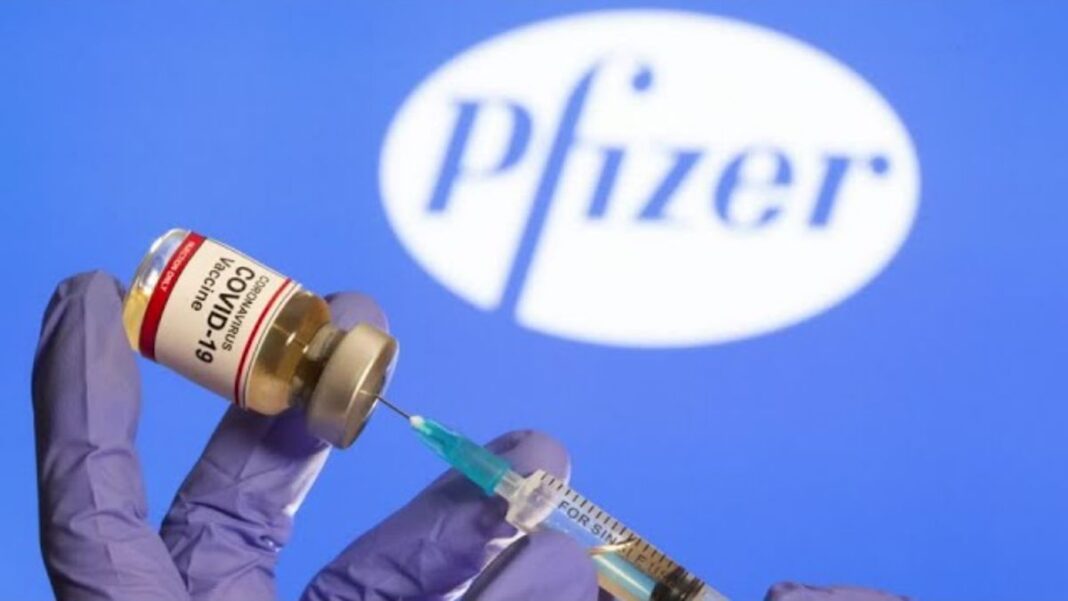Promise or Peril: COVID-19 mRNA Vaccine Issues Series (Part 1)
The pandemic has ended, but the introduction of the COVID-19 vaccines which use mRNA technology, signifies the start of a new era in modern medicine. The lagging regulatory framework which the FDA cobbled together specifically for mRNA vaccine approval has set the stage for adverse events related to genetic therapies using this new technology. In this series, we will reveal emerging concerns about mRNA injections related to the lipid nanoparticles, spike protein, and vaccine contamination as public documents are released.
Summary of Series Key Facts
- According to a Moderna Securities and Exchange Commission filing in June 2020, “Currently, mRNA is considered a gene therapy product by the Food and Drug Administration (FDA).”
- The FDA created new guidance, released in June 2020, for gene therapy products to be marketed as vaccines against COVID-19. They were not put through the same testing requirements as other RNA therapeutics. The new vaccines were also not required to go through human biodistribution studies.
- Had mRNA vaccines been held to the same regulatory standards required for novel therapeutics, the following three issues would likely have been identified prior to authorization for human use:
- The lipid nanoparticle (LNP) shell used to deliver the mRNA has inflammatory potential and can cluster with other LNPs or fall apart, allowing the mRNA inside to fall out and circulate freely in the bloodstream.
- The spike protein coded by the mRNA and its S1 subunit has been found in the blood following vaccination. Both the spike protein and the S1 subunit are associated with inflammation and clotting.
- Contamination during the manufacturing process can cause impurities in the vaccine, such as mRNA fragments and bacterial plasmids. Testing by pharma before authorization found impurities—have these issues been fixed?
- Despite the promising potential of mRNA therapeutics, did the pandemic emergency provide reasonable justification for the suspension of typical regulatory requirements?
- Should these vaccines have been recommended only for the highest-risk individuals pending further human testing? Should vaccine information sheets have included all known risks to allow for full and complete informed consent?
- Were mandates unethical given the lack of standard pre-authorization safety testing?
- All of these questions are relevant given the development of new mRNA vaccines against influenza and respiratory syncytial virus (RSV). What regulatory framework will apply going forward? Will these newer mRNA vaccines be subject to stricter oversight aligned with, to borrow Moderna’s wording, “genetic therapy” or the lagging framework used for COVID-19 mRNA vaccines?
When a new vaccine is developed for humans, it is subject to rigorous safety testing—first in animals, then in humans. To illustrate what actually happened with the mRNA vaccines, let’s say the COVID-19 vaccine was the first bioengineered egg to be tested by the FDA for safe human consumption. The egg “shell” is the lipid nanoparticle (LNP) capsule that carries the genetically modified “contents,” the mRNA and spike protein.
By Allison Krug, MPH and Dr. Ram Duriseti









